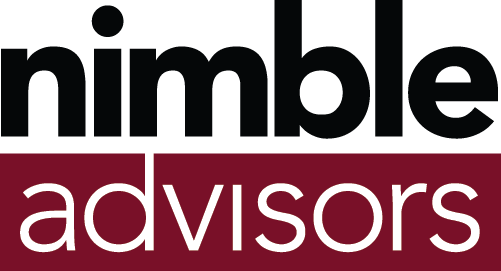Careful taking political stances
The 2024 elections are coming soon, and many candidates are already vying for their party's nominations. As a business owner, you may be wondering whether you should take a position on social or political issues that affect your industry, your customers, or your employees. In this blog post, we will explore the pros and cons of doing so, and offer some tips on how to communicate your stance effectively.
Why take a position?
Taking a position on social or political issues can have several benefits for your business. For example, it can:
- Enhance your brand identity and reputation by showing your values and purpose.
- Attract and retain customers who share your views and appreciate your social responsibility.
- Boost employee engagement and loyalty by creating a sense of belonging and alignment.
- Foster a culture of diversity and inclusion by respecting different perspectives and backgrounds.
- Influence public policy and legislation by advocating for your interests and stakeholders.
Why not take a position?
Taking a position on social or political issues can also have some drawbacks for your business. For example, it can:
- Alienate or offend customers who disagree with your views or feel that you are overstepping your role.
- Damage your relationships with suppliers, partners, or investors who have different opinions or interests.
- Expose you to legal risks or regulatory challenges if your position violates any laws or regulations.
- Create internal conflicts or divisions among your employees who may have diverse views or preferences.
- Distract you from your core business goals and activities by consuming your time and resources.
How to take a position?
If you decide to take a position on social or political issues, you should do so carefully and strategically. Here are some tips to help you:
- Do your research. Before you take a position, make sure you understand the issue well and have credible facts and sources to back up your claims. Avoid making statements based on emotions, assumptions, or biases.
- Know your audience. Consider who will be affected by your position and how they will react. Anticipate their questions, concerns, or objections and address them respectfully and transparently.
- Be consistent. Make sure your position aligns with your mission, vision, and values as well as your actions and policies. Avoid taking contradictory or hypocritical stances that may undermine your credibility or trustworthiness.
- Be respectful. Acknowledge that not everyone will agree with your position and that they have the right to their own opinions. Avoid using inflammatory language or attacking other parties personally or professionally.
- Be open-minded. Be willing to listen to feedback and criticism from others and to revise or update your position if new information or circumstances arise. Admit when you are wrong or when you don't know something.
Taking a position on social or political issues can be a powerful way to express your values and purpose as a business owner. However, it can also be a risky move that may have negative consequences for your business. Therefore, you should weigh the pros and cons carefully and communicate your stance effectively if you choose to do so.

